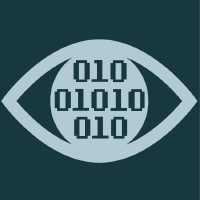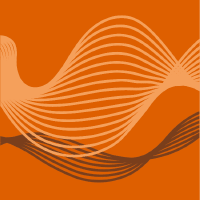Topic Menu
► Topic MenuTopic Editors

Visual Object Tracking: Challenges and Applications
Topic Information
Dear Colleagues,
Visual tracking aims to locate the target specified in the initial frame, which has many realistic applications such as video surveillance, augment reality, and behavior analysis. In spite of numerous efforts, this is still a challenging task due to factors such as deformation, illumination change, rotation, and occlusion, to name a few. This Topic promotes scientific dialogue for the added value of novel methodological approaches and research in the specified areas. Our interest is in the entire end-to-end spectrum of visual object tracking research, from motion estimation, appearance representation, strategic frameworks, models, and best practices to sophisticated research related to radical innovation. The topics of interest include but are not limited to the following indicative list:
- Enabling Technologies for visual object tracking research:
- Machine learning;
- Neural networks;
- Image processing;
- Bot technology;
- AI agents;
- Reinforcement learning;
- Edge computing;
- Methodologies, frameworks, and models for artificial intelligence and visual object tracking research:
- For innovations in business, research, academia industry, and technology;
- For theoretical foundations and contributions to the body of knowledge of visual object tracking;
- Best practices and use cases;
- Outcomes of R&D projects;
- Industry-government collaboration;
- Security and privacy issues;
- Ethics on visual object tracking and AI;
- Social impact of AI.
Dr. Shunli Zhang
Dr. Xin Yu
Prof. Dr. Kaihua Zhang
Dr. Yang Yang
Topic Editors
Keywords
- artificial intelligence
- computer vision
- visual object tracking
- reinforcement learning
- deep learning
- feature extraction
- trajectory prediction
Participating Journals
| Journal Name | Impact Factor | CiteScore | Launched Year | First Decision (median) | APC |
|---|---|---|---|---|---|

Applied Sciences
|
2.5 | 5.3 | 2011 | 17.8 Days | CHF 2400 |

Electronics
|
2.6 | 5.3 | 2012 | 16.8 Days | CHF 2400 |

Journal of Imaging
|
2.7 | 5.9 | 2015 | 20.9 Days | CHF 1800 |

Sensors
|
3.4 | 7.3 | 2001 | 16.8 Days | CHF 2600 |

Signals
|
- | 3.2 | 2020 | 26.1 Days | CHF 1000 |

MDPI Topics is cooperating with Preprints.org and has built a direct connection between MDPI journals and Preprints.org. Authors are encouraged to enjoy the benefits by posting a preprint at Preprints.org prior to publication:
- Immediately share your ideas ahead of publication and establish your research priority;
- Protect your idea from being stolen with this time-stamped preprint article;
- Enhance the exposure and impact of your research;
- Receive feedback from your peers in advance;
- Have it indexed in Web of Science (Preprint Citation Index), Google Scholar, Crossref, SHARE, PrePubMed, Scilit and Europe PMC.

